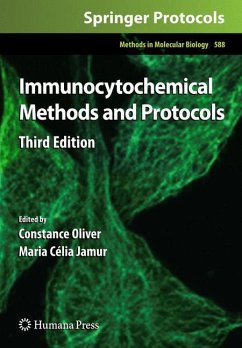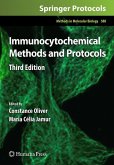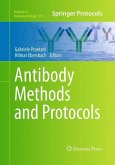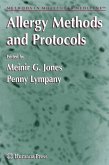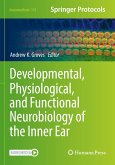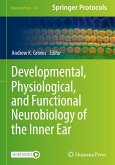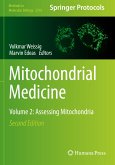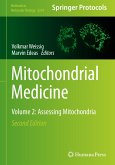Antibodies tagged with fuorescent markers have been used in histochemistry for over 50 years. Although early applications were focused on the detection of microbial antigens in tissues, the use of immunocytochemical methods now has spread to include the det- tion of a wide array of antigens including proteins, carbohydrates, and lipids from virtually any organism. Today, immunohistochemistry is widely used to identify, in situ, various components of cells and tissues in both normal and pathological conditions. The method gains its strength from the extremely sensitive interaction of a specifc antibody with its antigen. For some scientifc areas, books have been published on applications of immu- cytochemical techniques specifc to that area. What distinguished Immunocytochemical Methods and Protocols from earlier books when it was frst published was its broad appeal to investigators across all disciplines, including those in both research and clinical settings. The methods and protocols p- sented in the frst edition were designed to be general in their application; the accompa- ing "Notes" provided the reader with invaluable assistance in adapting or troubleshooting the protocols. These strengths continued to hold true for the second edition and again for the third edition. Since the publication of the frst edition, the application of immuno- tochemical techniques in the clinical laboratory has continued to rise and this third edition provides methods that are applicable to basic research as well as to the clinical laboratory.
From the reviews of the third edition: "This book targets not only immunologists but a very broad readership. ... very well-written and will be equally useful for a complete beginner to the technique, as well as for a scientist who has been using the methods for years. ... I would recommend this book in particular to researchers who start to use immunocyto/histochemistry in their work ... . The book should also be considered by laboratories that would like to have a reference for reliable immunostaining protocols." (Anna Vossenkaemper, Immunology News, August, 2010)

